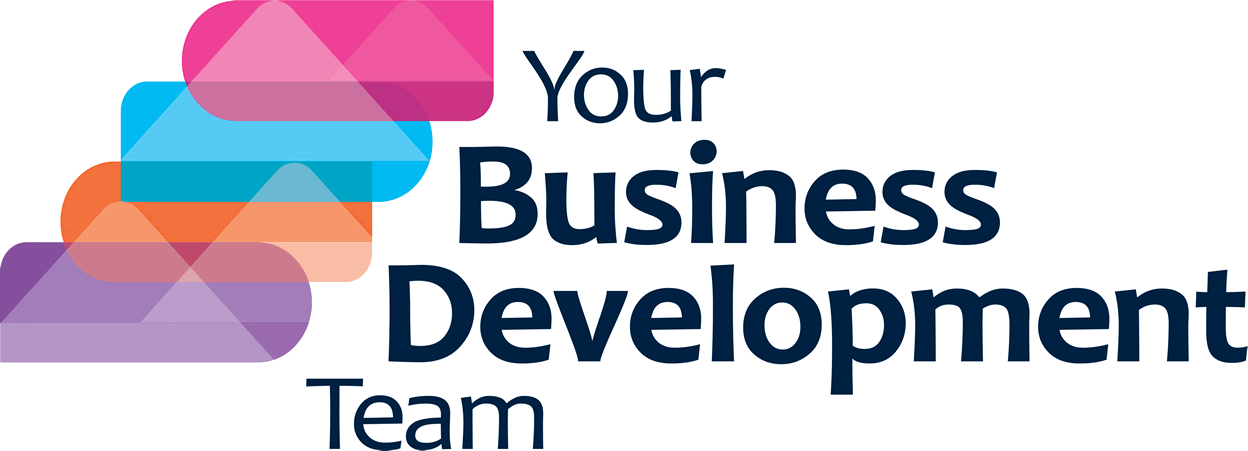When the law changes and the penalties increase, I don’t know about you but I become fearful of being caught. Mobile speed cameras in 20mph zones are the latest hazard for drivers around Bristol. Whatever our views about whether they actually make the roads safer it’s undeniable that they are designed to change our behaviour. They probably make us drive more slowly. They may also encourage us to consider alternatives, such as walking or public transport. Personally, I’m looking forward to self-driving cars.
I see GDPR – the General Data Protection Regulations – in a similar light. This EU legislation that is taking effect from May 25th 2018 (easy for me to remember as it’s the day before my birthday) could well have a similar effect on how businesses of all sizes handle data.
GDPR – a trigger to rethink our contact and communications strategies
You can find specifics about the GDPR rules and their interpretation in many places online. At the end of the day, most businesses will need to make changes in order to comply.
However, this legal change is also a good trigger and be viewed as an opportunity. It’s a great prompt to review our contact management and communications strategies, and in my field, the way we use LinkedIn.
As LinkedIn is a public system we as individuals can in effect let LinkedIn deal with GDPR on our behalf. Data within LinkedIn has been provided by users, they maintain it, and they specify how visible it is through profile parameters. It’s when we take information out of LinkedIn, into a CRM or Email marketing system, that we need to be careful. Here are a few strategies to consider.
- Get closer to 1st connections in LinkedIn: One of the biggest opportunities created by LinkedIn is to be able to view activity and interact with our 1st connections. While many will be inactive, and relationships have gone cold, that doesn’t mean we need to be passive and cold too. Identifying people who are active on LinkedIn and who we can help and who can help us is the first fundamental step to take. As with any networking and relationships, being interested is a great way to become interesting. And giving to others will lead to receiving in return, especially as our generosity is visible through this public platform.
- Messaging through LinkedIn: Email inboxes are often very cluttered, and deliverability rates of email can be questionable. Personalised email messages are known to be far more effective than blanket emails, but they do take more time and effort to create and send than broadcast emails. Using LinkedIn Messaging to communicate on a personal 1:1 basis with 1st connections is very powerful when done well. Developing a range of template messages to copy, paste, amend and send means messages can be sent in a productive way.
- Content marketing through LinkedIn: As email marketing becomes even more regulated under GDPR it’s worth reviewing and revising the balance of communications. Using Social Media to communicate with people at the top of the funnel is a very powerful strategy, in part because our message can be amplified by others in the social community. It’s a great way to demonstrate our expertise. Status updates and articles that combine text, images and video are formats to leverage in LinkedIn. Creating a mix of messages that engage, inform and educate readers is the foundation. Creating shareable content that others Like, Comment and Share is a way to capitalise on the LinkedIn publishing platform.
- Lead Generation through LinkedIn: Inviting and encouraging people to declare their interest is one of the marketing metrics that are most significant in lead generation. Tracking how many people sign-up to offers of various types, such as information product downloads, webinars and email marketing nurture are the main devices used in campaigns. GDPR is making sign-up and permission even more important.There are several ways that LinkedIn can be used to invite people to visit sign-up pages. Articles with a call to action, either as text or an image is one. Status updates leading through to blog articles on our website or directly to a landing page for an ‘offer’ is another. Advertising on the LinkedIn platform is a third. Finding the right approach and tone for our target audience(s) and for the LinkedIn community is an evolving process.
- Collaboration through LinkedIn: Partnering with complementary people and businesses at various levels is a way to leverage the strengths of the relationships they have with their connections. This is a reward for having fewer but stronger relationships, which is one effect that GDPR may have. To work well there needs to be an understanding of the value that both parties offer and gain. This can be as easy as sharing an article by one of the influencers or established players with your LinkedIn connections and commenting on relevant articles by others. Asking one of our 1st connections for an introduction, and encouraging people to provide us with referrals takes it up a level. And then joint campaigns, co-marketing, joint ventures etc. through to full partner programs promoted through LinkedIn are top-end options.
Prepare for GDPR sooner rather than later. Viewing GDPR as an opportunity is a positive way to approach the changes. Taking time to review contact and communication strategies now, and in this context review your LinkedIn strategies will put you in a stronger position for the arrival of GDPR and all that goes with it.
If you’d like to have a chat about ideas, opportunities and options around GDPR and LinkedIn, and pro-actively approach the changes, then do contact me, Mark Stonham, or Yafit Davis.
For more information about Mark and his company visit his website here.



